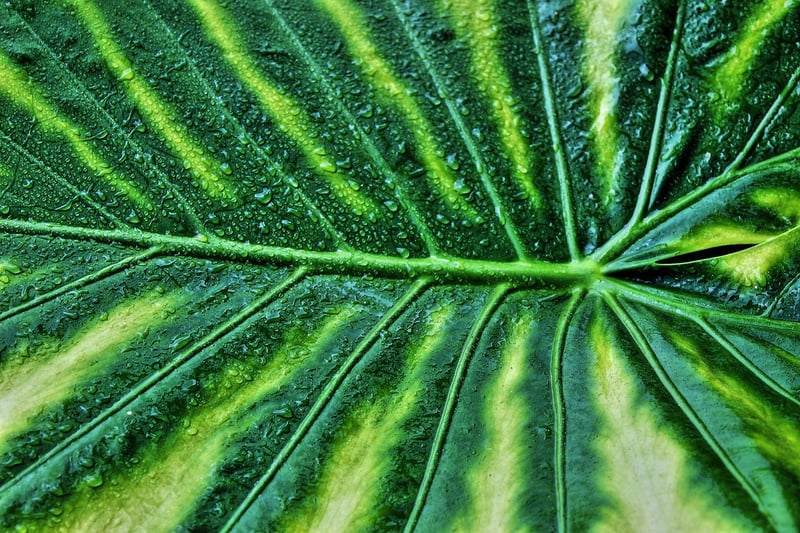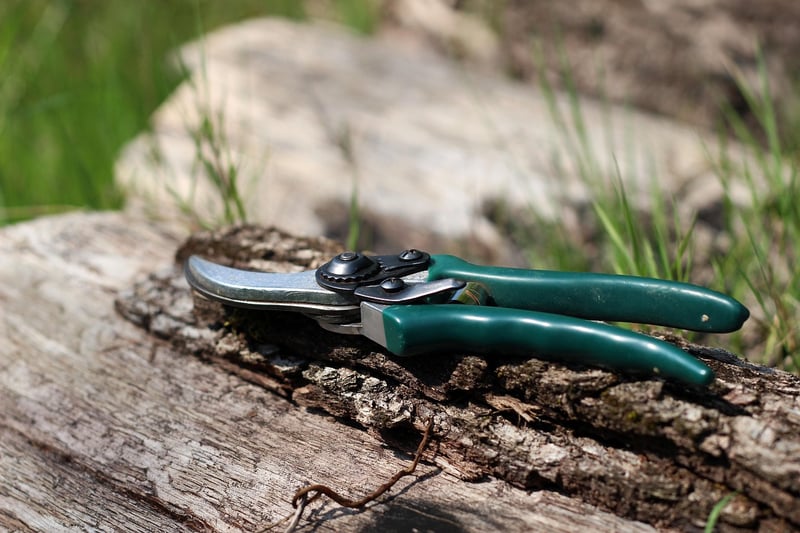Pruning Practices
Plant Care Guide: Essential Tips for Healthy Plants
Introduction
Welcome to our comprehensive plant care guide where we will explore essential tips and practices to keep your plants thriving. In this article, we will focus on the importance of pruning and how it can benefit your plants' growth and overall health.
Why Pruning is Essential
Pruning is a crucial practice that involves selectively removing certain parts of a plant such as branches, leaves, or buds. It is essential for maintaining the overall health and appearance of your plants. Pruning helps stimulate new growth, improve air circulation, and prevent disease by removing dead or damaged parts.
Pruning Techniques
Here are some key pruning techniques to keep in mind:
- Deadheading: Removing spent flowers encourages the plant to produce more blooms.
- Thinning: Removing excess growth to improve air circulation and reduce overcrowding.
- Heading back: Cutting back the tips of branches to promote bushier growth.
- Rejuvenation pruning: Drastically cutting back an overgrown plant to stimulate new growth.
Best Practices for Pruning
Follow these best practices when pruning your plants:
- Use clean, sharp pruning shears to make precise cuts without damaging the plant.
- Prune during the plant's dormant season or after flowering to minimize stress.
- Remove any dead, diseased, or crossing branches to maintain plant health.
- Prune at a 45-degree angle to promote healing and prevent water from collecting on the cut surface.
Conclusion
Pruning is a valuable practice that can enhance the vitality and beauty of your plants. By following proper pruning techniques and best practices, you can help your plants thrive and flourish. Stay tuned for more plant care tips and tricks!

For more information on plant care and pruning practices, visit Gardener's Guide to Pruning Plants.
